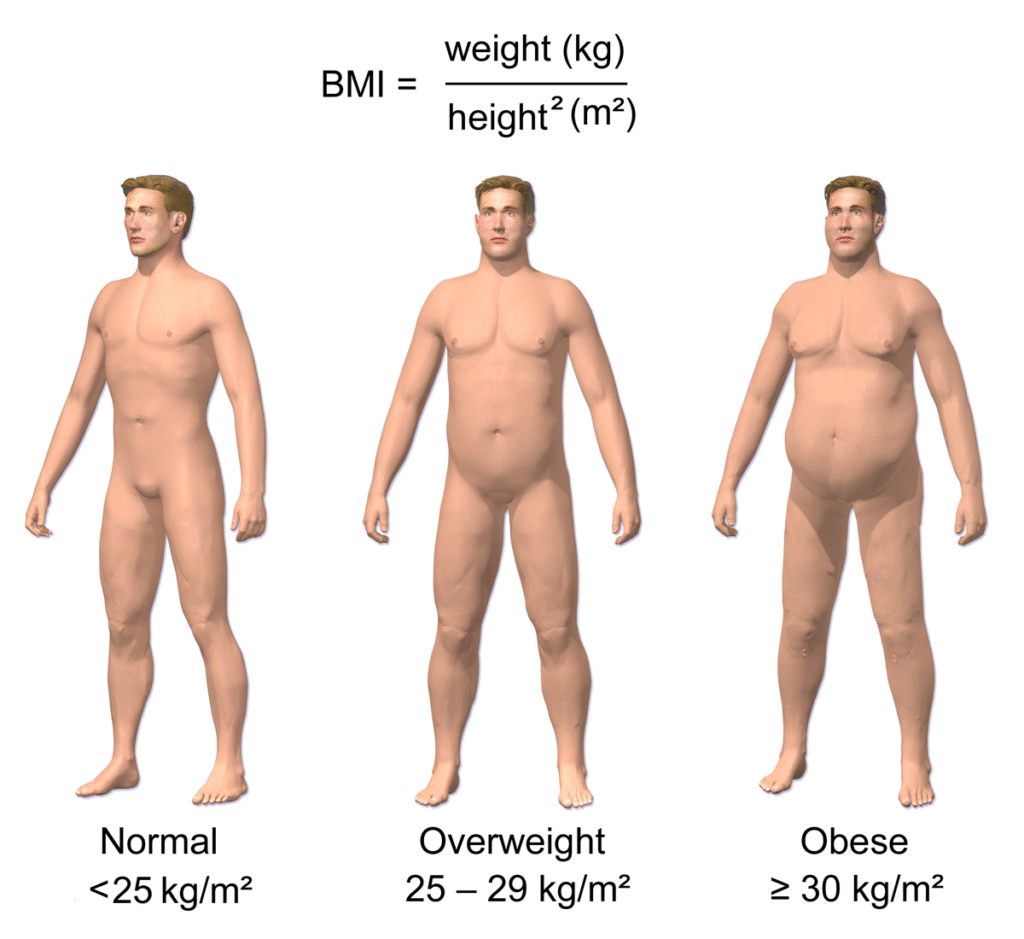
Navigating the world of weight descriptions can be confusing. Terms like “chubby,” “fat,” and “obese” are often used interchangeably, leading to misunderstandings about their true meanings and implications for health. This article aims to clarify these distinctions, providing a comprehensive understanding of the differences between chubby, fat, and obese. We’ll delve into weight classifications, explore the health risks associated with obesity, and discuss strategies for effective weight management.
Chubby vs. Fat vs. Obese
While all three terms relate to body weight, they carry distinct connotations and reflect different levels of excess body fat. “Chubby” generally describes a slightly overweight appearance, often used in a lighthearted or endearing manner. It suggests a mild departure from the ideal weight range but doesn’t necessarily indicate significant health concerns.
“Fat,” on the other hand, implies a more substantial amount of excess body fat, suggesting a greater deviation from the healthy weight range. This term can carry negative connotations and may be perceived as judgmental. It’s important to remember that using this term should be approached with sensitivity and respect.
“Obese” denotes a serious health condition characterized by excessive body fat accumulation. It represents a significant departure from the healthy weight range and poses increased risks for chronic diseases such as heart disease, stroke, type 2 diabetes, and certain types of cancer.
Weight Classifications

Weight classifications are typically determined using the Body Mass Index (BMI), a measure that calculates body weight in relation to height. BMI provides a general indication of whether an individual is underweight, within a healthy weight range, overweight, or obese.
BMI Categories:
- Underweight: BMI less than 18.5
- Normal Weight: BMI 18.5 to 24.9
- Overweight: BMI 25 to 29.9
- Obese: BMI 30 or higher
It’s important to note that BMI is a screening tool and doesn’t provide a complete picture of an individual’s health status. Other factors, such as body composition (muscle mass vs. fat mass), waist circumference, and overall lifestyle, also contribute to overall health.
Health Risks of Obesity
Obesity significantly increases the risk of developing various chronic diseases.
- Cardiovascular Disease: Excess body fat can lead to high blood pressure, elevated cholesterol levels, and atherosclerosis (hardening of the arteries), increasing the risk of heart attack, stroke, and other cardiovascular problems.
- Type 2 Diabetes: Obesity is a major risk factor for type 2 diabetes, a condition characterized by high blood sugar levels. Excess body fat can interfere with insulin production and action, leading to impaired glucose regulation.
- Certain Cancers: Studies have linked obesity to an increased risk of several types of cancer, including colon, breast, endometrial, and kidney cancer.
Body Fat Accumulation

Body fat accumulation is a complex process influenced by various factors, including genetics, diet, physical activity levels, and hormonal imbalances.
- Energy Imbalance: When calorie intake exceeds energy expenditure, the excess calories are stored as body fat.
- Hormonal Factors: Hormones such as insulin, leptin, and ghrelin play a role in regulating appetite, metabolism, and fat storage.
- Genetic Predisposition: Some individuals may have a genetic predisposition to storing more body fat than others.
Weight Management
Effective weight management involves a multifaceted approach that addresses both dietary habits and physical activity levels.
- Healthy Diet: Focus on consuming nutrient-rich foods such as fruits, vegetables, whole grains, lean protein sources, and healthy fats. Limit processed foods, sugary drinks, and excessive saturated and trans fats.
- Regular Exercise: Aim for at least 150 minutes of moderate-intensity aerobic activity or 75 minutes of vigorous-intensity aerobic activity per week. Incorporate strength training exercises at least twice a week.
- Behavioral Modifications: Identify triggers for unhealthy eating habits and develop strategies to manage stress, improve sleep quality, and increase self-awareness.
Conclusion
Understanding the distinctions between “chubby, “fat,” and “obese” is crucial for accurate health discussions and promoting well-being. While BMI provides a general indication of weight status, it’s essential to consider other factors such as body composition and overall lifestyle. Obesity poses significant health risks, but adopting healthy dietary habits, engaging in regular physical activity, and making behavioral modifications can contribute to effective weight management and improve overall health outcomes. Consulting with healthcare professionals for personalized guidance is always recommended.
